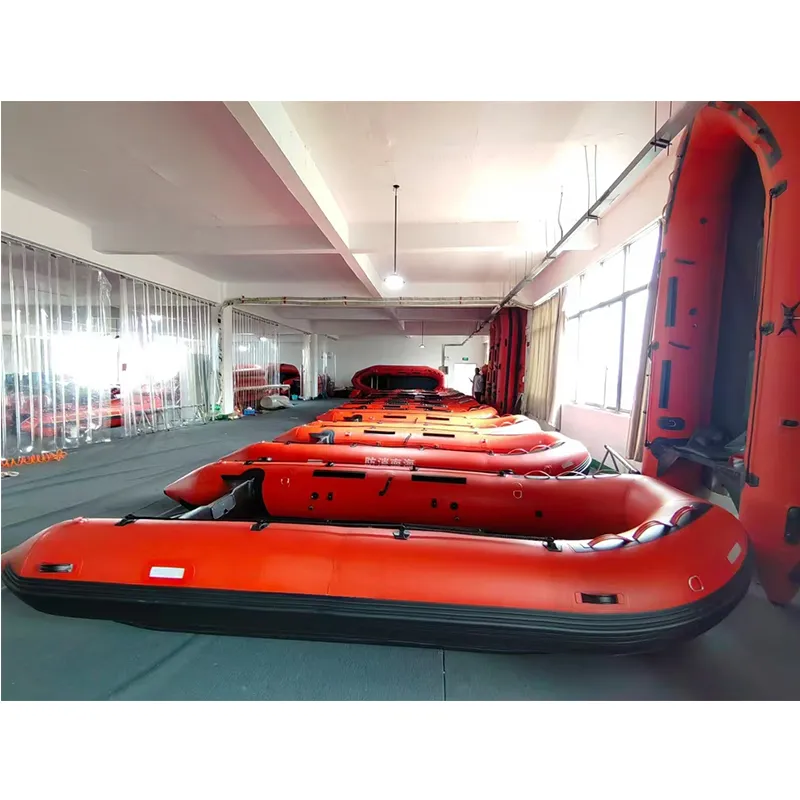

Ease of use also plays a significant role. Emergency situations rarely afford the luxury of time, so ladders equipped with simplified extension mechanisms allowing for one-handed operation can significantly enhance a firefighter’s response efficiency. Some ladders feature built-in hooks and stabilizers for securing the ladder to the attic entry's edges, which can prevent dangerous shifts during ascension or descension. Moreover, the implementation of technological advancements can offer added benefits. Some modern attic ladders include innovative thermal-resistant coatings to withstand extended exposure to intense heat. Others integrate sensors for detecting structural weaknesses or significant heat flux, thus ensuring a safer ascent before the firefighter even makes the climb. Finally, the lifecycle and maintenance of the ladder are important factors contributing to its trustworthiness and durability. Investing in ladders crafted from corrosion-resistant materials ensures a longer lifespan, reducing replacement costs and conserving departmental resources. Regular maintenance protocols recommended by manufacturers and fire safety professionals can further enhance ladder longevity, keeping it in peak condition for the critical moments when it's most needed. Ultimately, selecting the right attic ladder is not merely a logistical decision but a commitment to safety and efficacy in some of the most challenging and dangerous scenarios faced by firefighters. By understanding the underlying principles of design, dependable manufacturing standards, and incorporating insights from experienced professionals, firefighters equip themselves not just for saving structures, but more importantly, for saving lives.




























